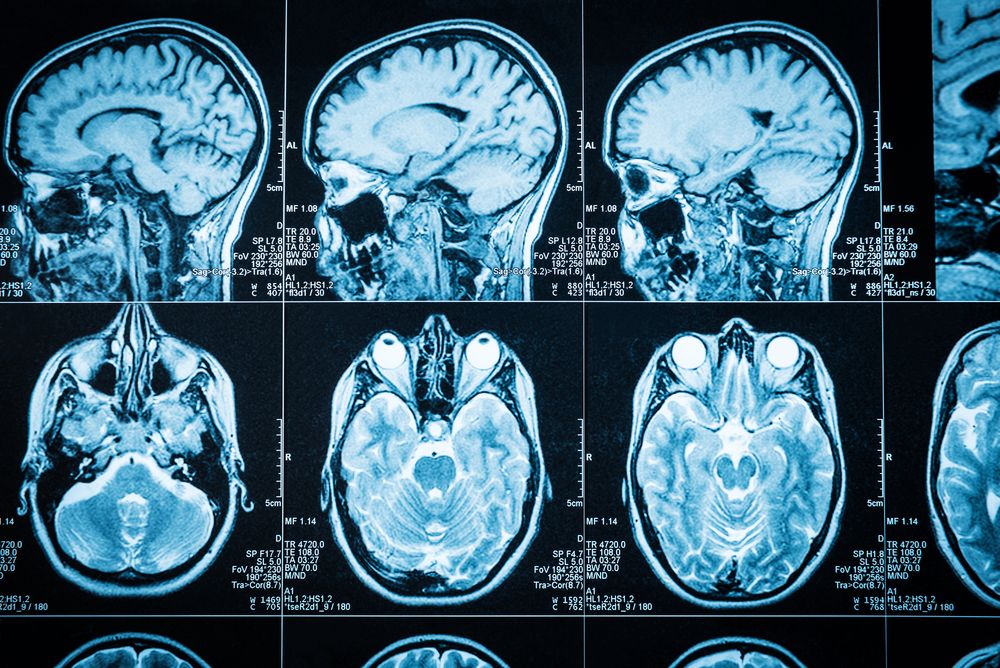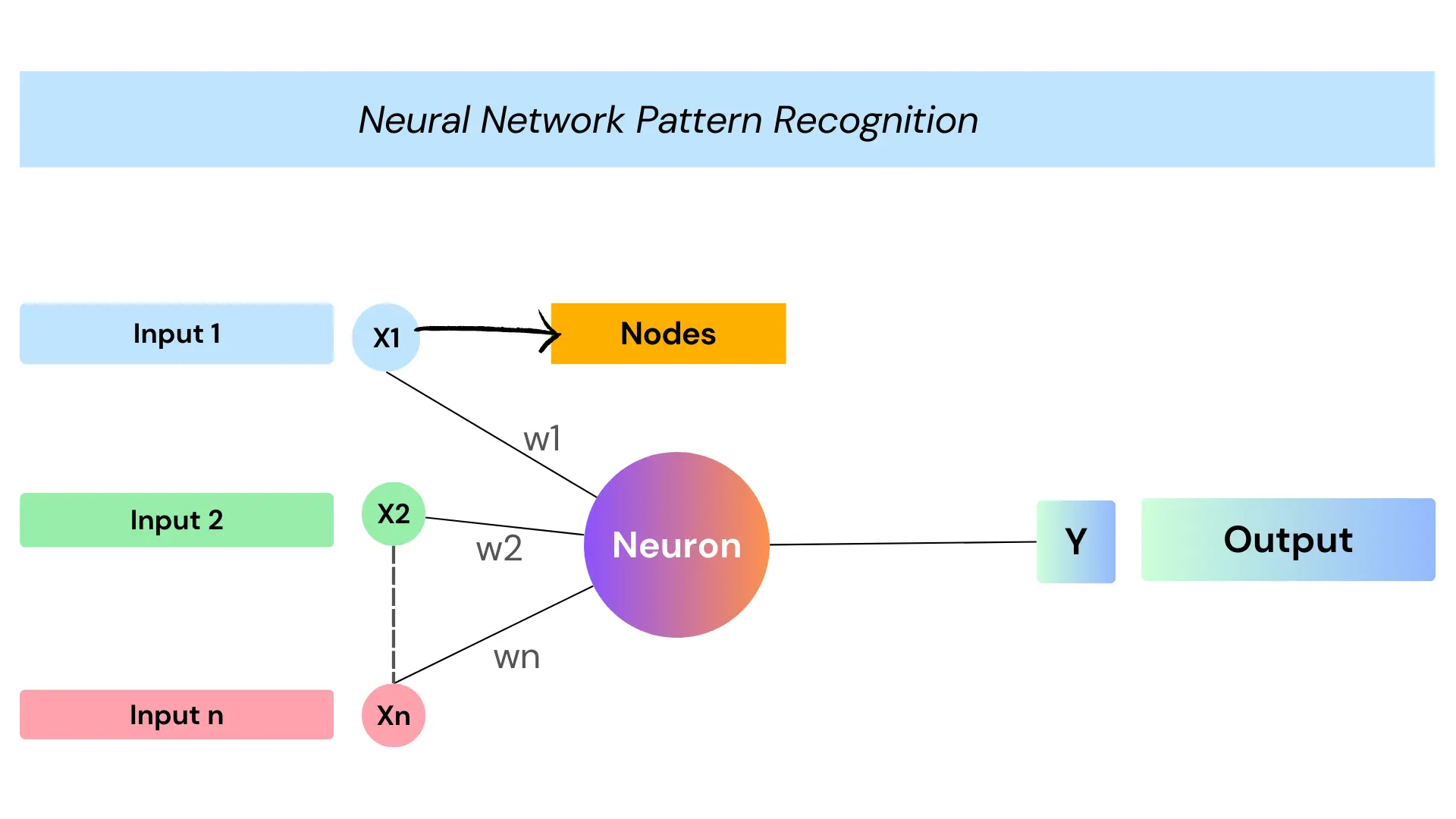Machine Learning and Pattern Recognition: A Powerful Combination

When connected, the two potent technologies of machine learning and pattern recognition can be used for a variety of purposes and projects. This blog will discuss the advantages of pattern recognition, the process by which pattern recognition operates, and its practical applications.
This blog offers insightful information about the power of machine learning and pattern recognition, whether you're a data scientist, a machine learning enthusiast, or just curious about the most recent developments in AI.
About Pattern Recognition
Pattern recognition in machine learning is the process of finding incoming patterns and regularities in data through the use of ML algorithms and statistical techniques. It involves the analysis of huge amounts of data to find relationships between partially hidden patterns that can be used to classify and cluster data points.
Machine learning algorithms are trained on labeled data, which contains examples of input data and the corresponding output or label. The algorithm processes raw data entities into clustered patterns or features. Once trained, the algorithm can then be used to make predictions or classifications on new and hidden data.
There are several methods for finding patterns in data, including:

- Statistical analysis: Statistical techniques such as correlation analysis, regression analysis, and clustering to learn the features and patterns from the data and find relationships between variables in the data.
- ML algorithms: Machine learning algorithms can classify data based on inherent patterns by identifying common characteristics. This can include techniques such as decision trees, neural networks, and support vector machines. Neural networks are inspired by the structure and function of the human brain and consist of multiple simple processors with interconnected nodes or neurons that process and transmit information.

Data mining: Data mining includes not only the finding of relationships in large datasets, but also the necessary preprocessing and acquisition of data, interpretation of results by uncovering meaningful information, and provision of the mined information in a form useful in decision-making. This can include techniques such as association rule mining, sequential pattern mining, and anomaly detection.
What is the process by which pattern recognition operates?
Pattern recognition is the process by which the brain identifies and interprets patterns in sensual information. This process involves detecting similarities and differences in the input data, comparing them against the stored data, classifying them into categories, and then making predictions or decisions based on those categories.
Pattern recognition systems typically involve several stages, including data pre-processing, feature extraction, pattern classification, and post-processing. During data pre-processing, the data is cleaned, normalized, and transformed into a format that is suitable for analysis.
Feature extraction involves identifying relevant features in the data that can be used to distinguish between different patterns. Pattern classification involves training a machine learning algorithm to recognize patterns based on the extracted features. Post-processing may involve further analysis of the recognized patterns, such as clustering or outlier detection.

Here's a more detailed explanation of each stage of a pattern recognition system:
- Data pre-processing: This stage involves preparing the data for analysis by fixing impurities, transforming, smoothing, and normalizing it. This may include filtering the noise and outliers by applying data mining algorithms, filling in missing data, removing duplicates, and data augmentation. The goal of data pre-processing is to ensure that the data is in a format that is suitable for feature extraction and pattern classification.
- Feature extraction: Feature extraction is an important section of the pattern recognition system. The similarity between images can be determined through features that are represented as a vector. At this stage, a set of selected features i.e. a vector, are identified in the pre-processed data that can be used to distinguish between different patterns. Feature extraction may involve statistical analysis, image processing, or natural language processing techniques, depending on the type of data being analyzed.
- Pattern classification: Extracted features are used to recognize and compare the patterns to train an ML algorithm at this stage. The algorithm is typically trained on a labeled dataset, where the patterns are already classified or labeled. Based on the selected features, the developed model can classify unseen and unclear patterns accurately. Mostly used machine learning algorithms for pattern classification including decision trees, supervised and unsupervised learning, support vector machines, and neural networks.
- Post-processing: After the pattern classification stage, much analysis may be needed to evaluate and refine the results. This may involve clustering the recognized patterns, observing outliers or anomalies, and inspecting the results. Post-processing can help identify trends, patterns, or outliers that may be missed in the initial stages of the process.
Overall, each stage of the pattern recognition system is a crucial step for accurately identifying and classifying patterns in the data. Careful analysis and optimization of each stage can help improve the accuracy and reliability of the system.
Applications of Pattern recognition systems
Pattern recognition systems have a wide range of applications, including image recognition, object detection, speech recognition, text pattern recognition, fraud detection, and predictive maintenance. They can be used in various industries, including healthcare, finance, and manufacturing.
1. Finance Industry
In finance, pattern recognition techniques are used for fraud detection, credit scoring, and algorithmic trading. For instance, banks use proprietary algorithms to detect fraudulent activity patterns in financial transactions, such as credit card fraud, online payment fraud losses. In credit scoring, pattern recognition can be used to analyze past loan repayment records and other behaviors to assess credit risk. In algorithmic trading, pattern recognition algorithms can be used to identify patterns in market data and make trading decisions based on those patterns.
2. Medical diagnosis
In the medical industry, To find patterns in patients' data with a particular condition or disease, pattern recognition helps to detect it early and effectively such as cancer, strokes based on CT scans, and other heart diseases based on electrocardiograms and cardiac MRI images.
In drug discovery, pattern recognition can be used to identify molecules with similar structures to known drugs, potentially accelerating the drug development process.
3. Manufacturing Industry
In the manufacturing industry, pattern recognition techniques can be used for Anomaly / Abnormal Detection, predictive maintenance, and process optimization. For instance, in Anomaly detection, pattern recognition algorithms can be used to detect the signs and symptoms of machine failure before critical damage in products based on quality patterns.
In predictive maintenance, pattern recognition can be used to identify patterns in equipment data that may indicate the need for machine maintenance, potentially Minimizing downtime and maintenance costs. In process optimization, pattern recognition algorithms can be used to analyze data from sensors and other sources to identify opportunities for process improvement.
4. Speech recognition
Pattern recognition algorithms are used to analyze the voice and language, identify phonemes and the words a person is saying from speech signals, and then output those words with transcription accuracy as model content or text script on a screen.
5. Text Pattern Identification
Pattern recognition techniques are used to generate, analyze, and translate text. Hence, patterns are used to understand different behaviors in human language and generate text messages.
Accordingly, text recognition of words and phrases is used to classify documents and detect sensitive text passages automatically. This process is used in natural language processing applications such as sentiment analysis, text classification, and named entity recognition.
6. Image recognition
This technique involves identifying patterns and structures in image data and having various applications like object recognition and classification, facial recognition, and features, detecting body key points, gesture recognition such as hand movements or body posture, scene recognition, etc.
7. Recommender systems
Pattern recognition is used in recommender systems to identify patterns in user behavior and preferences to suggest or recommend additional products to consumers and to make personalized recommendations. These systems can be based on the patterns of various criteria, including past purchases, search history, demographic information, and other factors.
Conclusion
In Conclusion, it is important to note that pattern recognition systems are not perfect and may make errors, especially if the training data is of low quality or contains errors or biases. Therefore, it is important to carefully evaluate the performance of the system and continuously improve it over time.
To read such amazing information, check out here!

Simplify Your Data Annotation Workflow With Proven Strategies
.png)


